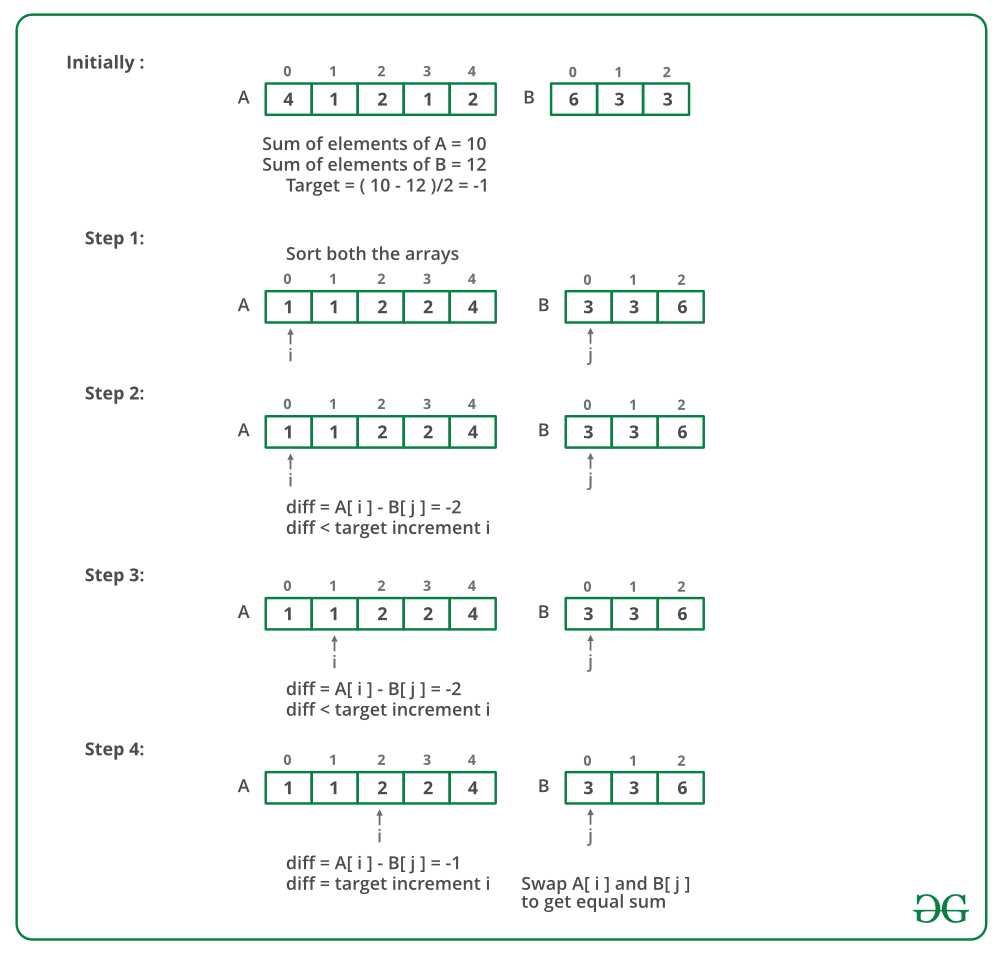

Thus, all elements left of the pivot will be larger than the pivot. The efficiency gains are primarily due to NumPy storing array elements in an. It is similar to concatenation along the axis 1 after 1-Dimensional arrays of (N) shape have been reshaped to the format (1,N). My solution is based on the idea of quicksort, by finding pivot elements until the pivot is actually the kth element. In python, numpy.vstack () is a function that helps to stack the input array sequence vertically in order to create a single array. The final array manipulation covered by this myriad of new functions concerns resizing. Count all N-length arrays made up of distinct consecutive elements whose first and last elements are equal.
Sum elements in vstack array code#
Long Short-Term Memory units as an activation function.The problem statement is to write code that returns the sum of the K largest elements in a given array. Sum of array elements possible by appending arri / K to the end of the array K times for array elements divisible by K. Refer to the Notes section of Variable for details.Ĭ() provides better performance when accumulating three or more Variables at once.Ĭoncatenated Rectified Linear Unit function. Arithmetic functions ¶īasic arithmetic operations for Variables are implemented as operators. 60, 93, 30, 55 Above, we iterate over each element of the original array and then each number, checking if the sum of that index already existed, we just added the corresponding number to it othewise we set the corresponding num equal to it. The following is the syntax for a range of different use-cases: arr is a numpy array sum of all values arr.sum() sum of each row (for 2D array) arr.sum(axis1) sum of each column (for 2D array) arr.sum(axis0) sum along a specific axis, n arr.

If you are implementing your own functions, please see Define your own function. You can use the numpy sum() function to sum elements of an array.


Some functions may not have the corresponding FunctionNode implementation one example is (), which is defined in chainer/functions/math/average.py, which calls other wrapper functions to calculate average. In most cases, you don’t have to use FunctionNode classes directly.įor example, () is a wrapper function defined as def sum(.): in chainer/functions/math/sum.py, and it calls its corresponding FunctionNode implementation, Sum. The NumPy provides the max(), min(), and sum() functions which are used to find the maximum, minimum, and sum of the array elements respectively. Distributed Deep Learning with ChainerMNįunctions implemented in Chainer consists of the following two parts:Ī class that inherits FunctionNode, which defines forward/backward computation.ĪPIs listed in this page are “wrapper” of FunctionNode implementations.Use the axis argument to specify the axis that you want to sum up. Static Subgraph Optimizations: Design Notes Use the sum() function to get the sum of all elements of an array.chainer.function_hooks.CupyMemoryProfileHook.


 0 kommentar(er)
0 kommentar(er)
